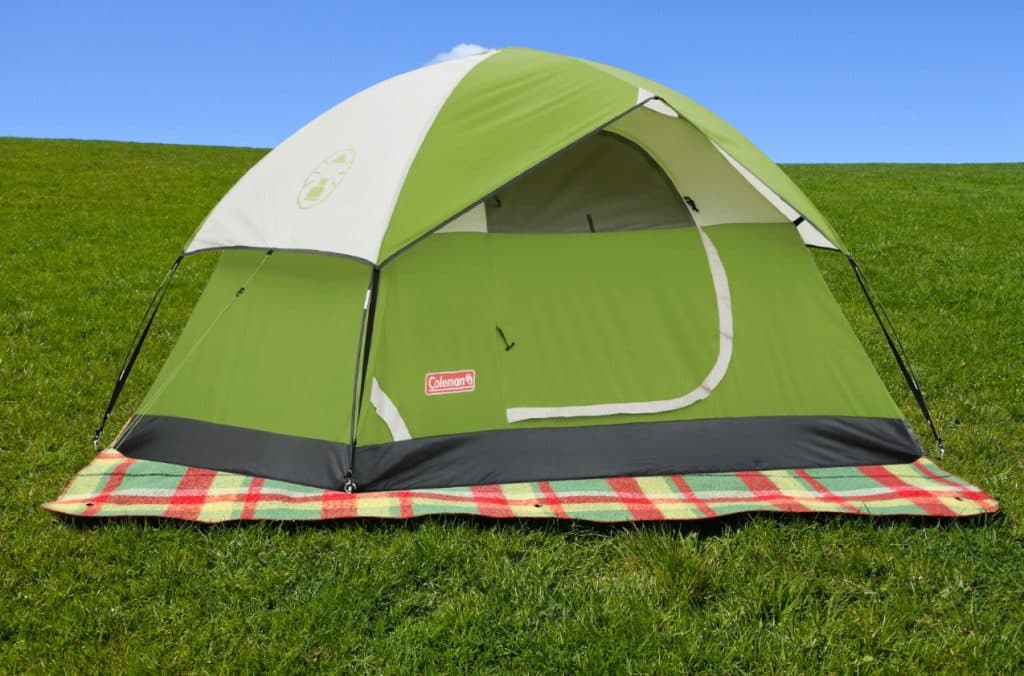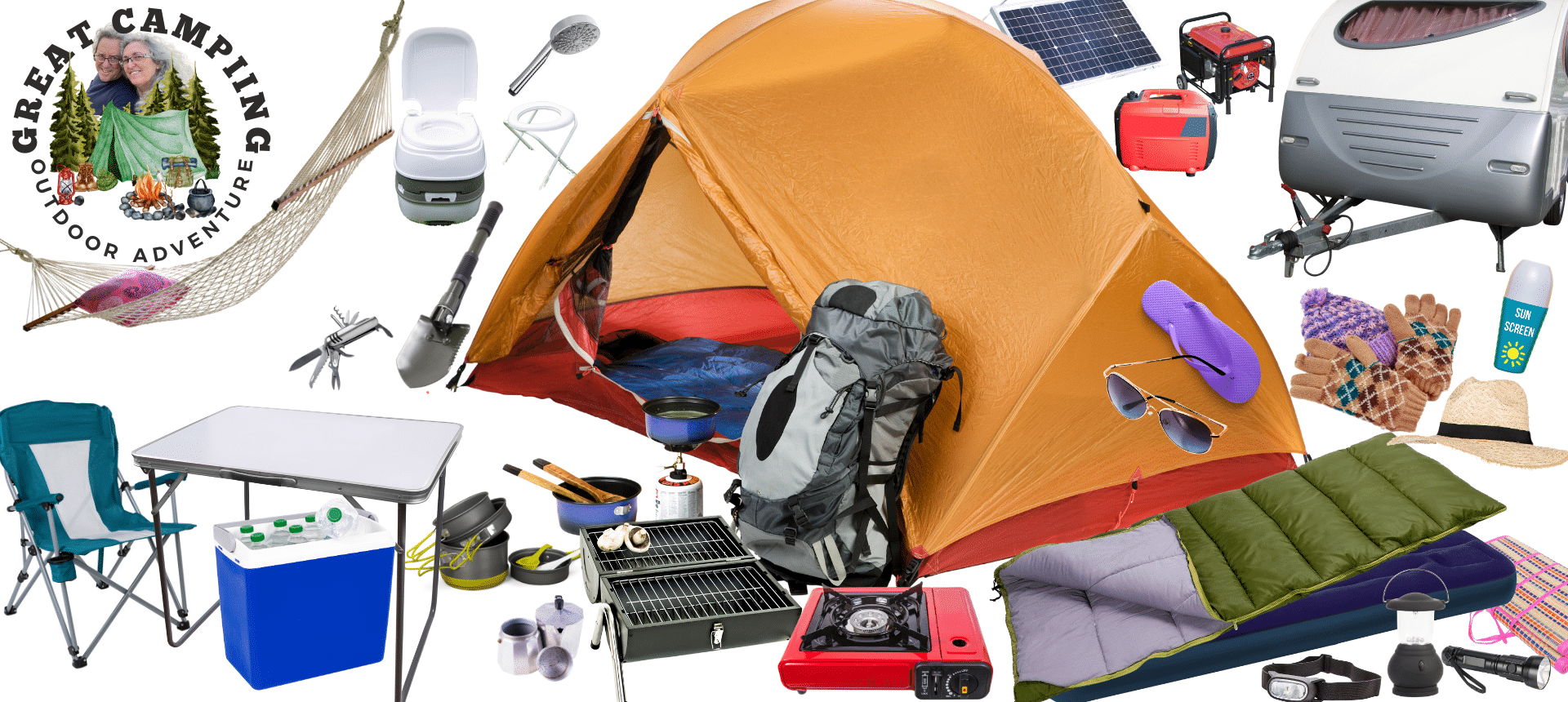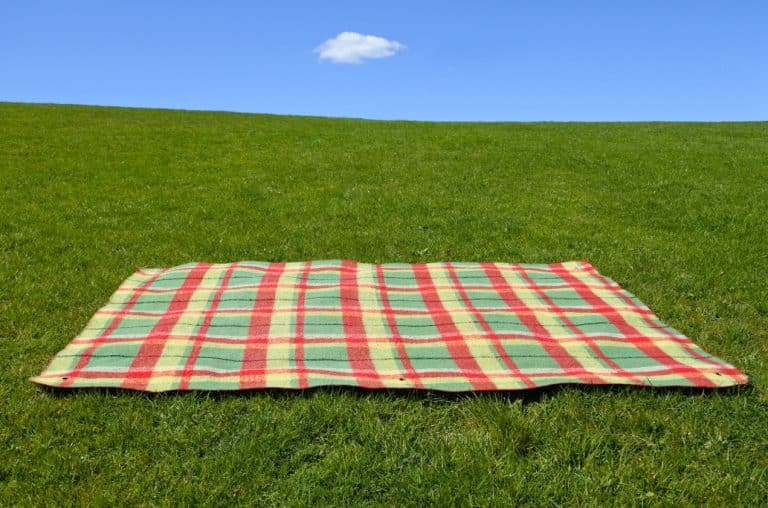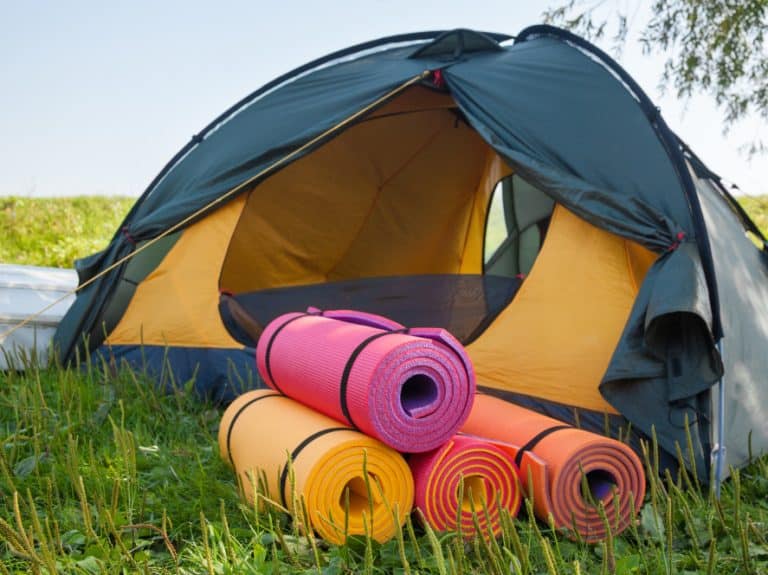A tent footprint is a groundsheet or protective barrier placed under your tent, providing an additional layer between the tent floor and the ground. Its primary purpose is to protect the tent floor from abrasion, punctures, and moisture, while also helping to keep the tent interior clean and dry. In this comprehensive guide, we will explore what a tent footprint is, its benefits, how to choose the right one for your camping needs, and how to properly use and maintain it.
Why Use a Tent Footprint?
Protects the Tent Floor
The most significant advantage of using a tent footprint is that it shields your tent’s floor from damage caused by rocks, twigs, and other rough or sharp objects on the ground. This protection extends the life of your tent and helps prevent holes, which can lead to leaks and discomfort during your camping trip.
Adds a Moisture Barrier
A tent footprint also acts as a moisture barrier, preventing water from seeping through the tent floor. This is especially important in wet or damp camping conditions and can help keep the interior of your tent dry and comfortable.
Enhances Insulation
By adding an extra layer beneath your tent, a footprint can provide additional insulation from the cold ground, making your camping experience more comfortable in chilly weather.
Simplifies Tent Setup
A footprint can help you easily identify the proper tent placement and orientation, ensuring a smoother and more efficient setup process.
Choosing the Right Tent Footprint
Material
Tent footprints are typically made from durable, water-resistant materials like polyethylene, polyester, or nylon. These materials are designed to withstand the wear and tear of outdoor use and provide effective protection against moisture.
Size
It is crucial to choose a footprint that matches the size and shape of your tent floor. A footprint that is too large can collect water between the tent floor and the footprint, which could lead to water pooling inside the tent. On the other hand, a footprint that is too small will not provide complete protection for your tent floor.
Weight
Consider the weight of the tent footprint, especially if you plan to backpack or hike with your camping gear. Lightweight options are available, made from materials like ultralight silnylon or polyurethane-coated fabrics, to help minimize your pack weight.
Compatibility
Some tent manufacturers offer custom footprints designed specifically for their tents, ensuring a perfect fit and optimal protection. If a custom footprint is not available for your tent, you can use a generic one or even make your own from a tarp or other durable material.
Using a Tent Footprint
- Unfold the footprint and lay it flat on the ground where you plan to set up your tent. Make sure the ground is clear of any debris or sharp objects that could damage the tent or the footprint.
- Position the footprint so that it matches the shape and orientation of your tent, with the corners and edges aligned. The footprint should be slightly smaller than the tent floor to prevent water from collecting between the layers.
- Set up your tent on top of the footprint, making sure the tent floor is fully supported by the footprint underneath.
- If your tent footprint has attachment points, like grommets or loops, connect these to the tent poles or stakes to keep the footprint in place during your camping trip.
Maintaining Your Tent Footprint
- Clean your tent footprint regularly to remove dirt, debris, and moisture that can accumulate during your camping trips. To clean, simply hose it off or wipe it down with a damp cloth and mild soap, if necessary.
- Dry your tent footprint thoroughly before storing it. Storing a wet footprint can lead to mold and mildew, which can damage the material and reduce its effectiveness. Hang the footprint in a well-ventilated area or lay it out in the sun until it is completely dry.
- Inspect your tent footprint for signs of wear and tear, such as holes or abrasions, after each camping trip. If you notice any damage, repair it promptly with a patch kit or replace the footprint if necessary.
- Store your tent footprint in a cool, dry place when not in use. Avoid exposing it to direct sunlight for extended periods, as UV rays can weaken the material over time.
- If you have a footprint with a protective coating, such as polyurethane or silicone, it is essential to maintain the coating to ensure the continued water resistance of the footprint. You can reapply the coating using a spray-on product designed for tent footprints or groundsheet materials.
Alternative Options for Tent Footprints

If you don’t have a tent footprint or prefer a more cost-effective option, there are alternatives that can still provide some of the benefits of a dedicated footprint:
- Tarps: A basic tarp can serve as a makeshift tent footprint. Choose a tarp made from durable, water-resistant material and trim it to fit the size and shape of your tent floor. Ensure that the edges of the tarp are tucked under the tent to avoid water pooling.
- Tyvek: This lightweight, water-resistant material can be cut to size and used as a tent footprint. Tyvek is commonly used as a house wrap, and it can be purchased in large rolls or smaller sheets.
- Polycryo: Polycryo is a lightweight, clear plastic material often used for window insulation. It is water-resistant and can be easily cut to fit the size and shape of your tent floor. Polycryo is not as durable as other footprint materials, but it is an ultralight option for backpackers looking to minimize pack weight.
Conclusion
A tent footprint is an essential accessory for any camper looking to protect their tent floor and enhance their overall camping experience. By choosing the right footprint, properly using it, and maintaining it, you can extend the life of your tent, stay dry and comfortable, and enjoy your outdoor adventures to the fullest.
Tent Footprint FAQs
It’s best to use a footprint designed for your specific tent model to ensure a proper fit. However, if one isn’t available, you can use a generic footprint or alternative material (e.g., a tarp, Tyvek, or polycryo) cut to the right size and shape.
Place the tent footprint on the ground beneath your tent, making sure that the edges of the footprint are aligned with or slightly smaller than the tent floor. Tuck any excess material under the tent to prevent water from pooling on top of the footprint.
Yes, a tent footprint can provide an additional layer of insulation between the tent floor and the cold ground, helping to retain heat inside the tent and make your camping experience more comfortable.
Consider factors such as your tent’s size and shape, the expected weather conditions during your camping trips, and the type of terrain you’ll be camping on. Select a footprint made of durable, water-resistant material that fits your tent’s dimensions and meets your specific camping needs.










